The Mate 20 & Mate 20 Pro Review: Kirin 980 Powering Two Contrasting Devices
by Andrei Frumusanu on November 16, 2018 8:10 AM EST- Posted in
- Smartphones
- Huawei
- Mobile
- Kirin 980
- Mate 20
- Mate 20 Pro
Camera - Low Light Evaluation - Night Sight
Low-light capture was a forte for Huawei this year, as they were the first to introduce a low-light mode that was able to capture vastly superior exposure shots without having to use a tripod. The results on the P20’s were excellent, so let’s see how the new Mate 20’s fare.
[ Mate 20Pro ] - [ Mate 20 ] - [ P20Pro ]
[ P20 ] - [ Mate 10Pro ] - [ Pixel 3 ] - [ Pixel 2 ]
[ Pixel XL ] - [ iPhone XS ] - [ iPhone X ] - [ Note9 ] - [ S9+ ] - [ S8 ]
[ LG G7 ] - [ LG V30 ] - [ OnePlus 6 ] - [ OPPO FindX ] - [ MIX2S ]
In the first scene, the Mate 20 Pro goes off to a bad start as noted focus issues when capturing the scene. Here the phone multiple times took out of focus captures, with none of my night mode shots actually ending up in focus. In the regular mode, the Mate 20 Pro’s camera switches over to its unique high ISO mode and is able to deliver great results at ISO25600. We have to remember that the phones don’t actually have OIS, so again like on the P20 Pro this is quite remarkable. Also a big change compared to the P20 Pro is the colour rendition, here the Mate 20 Pro is able to extract much better colours out of the scene, and all while reducing noise significantly.
The Mate 20’s regular mode isn’t all that impressive as pretty much in line with how most sensors behave in low light. Here turning on Night mode is a requirement, and greatly improves the picture quality.
Google’s new Night Sight mode outmatches Huawei’s phones in terms of light capture, noise and detail retention, however the images is so bright that it’s less natural than the Mate’s results.
[ Mate 20Pro ] - [ Mate 20 ] - [ P20Pro ] - [ P20 ]
[ Mate 10Pro ] - [ Pixel 3 ] - [ Pixel 2 ] - [ Pixel XL ]
[ iPhone XS ] - [ iPhone X ] - [ Note9 ] - [ S9+ ] - [ S8 ]
[ LG G7 ] - [ LG V30 ] - [ OnePlus 6 ] - [ OPPO FindX ] - [ MIX2S ]
The second scene the Mate 20 Pro does a very different exposure to the P20 Pro, the latter did a much more accurate representation of the brightness and colour temperature of the sodium street lamps. Turning on night mode improved things a lot for both phones.
Overall the Mate 20’s are among the best low light shooters thanks to night mode, only recently dethroned by Google’s Pixel phones.
[ Mate 20Pro ] - [ Mate 20 ] - [ P20 ]
[ Mate 10Pro ] - [ Pixel 3 ] - [ Pixel 2 ] - [ Pixel XL ]
[ iPhone XS ] - [ iPhone X ] - [ Note9 ] [ S9+ ] - [ S8 ]
[ LG V30 ] - [ OnePlus 6 ] - [ OPPO FindX ]
The next scene the Mate 20 Pro varies in its results while in auto mode. The first shot has better dynamic range and also better detail retention, here Huawei needs a way to keep things more consistent. The regular mode on the Mate 20 is also good, although it’s lacking in texture detail as well showing some very weird blur in the right part of the image. Here I think the lack of OIS is hampering the phones.
Turning on night mode again improves the quality, but again the regular Mate 20 is giving out some blurred results here as its multi-frame stacking doesn’t seem to work correctly.
I would say the Mate 20 Pro along with the Pixel’s Night Sight modes are leading closely together.
[ Mate 20Pro ] - [ Mate 20 ] - [ P20Pro ] - [ P20 ]
[ Mate 10Pro ] - [ Pixel 3 ] - [ Pixel 2 ] - [ Pixel XL ]
[ iPhone XS ] - [ iPhone X ] - [ Note9 ] - [ S9+ ] - [ S8 ]
[ LG G7 ] - [ LG V30 ] - [ OnePlus 6 ] - [ OPPO FindX ] - [ MIX2S ]
Partial blurriness is again an issue of the Mate 20 in this scene. The Mate 20 Pro doesn’t have any issue in this regard, and captures the best regular mode shot among all phones.
Switching to night mode, it brightens up things for both units, and also resolves the blurriness issue on the Mate 20. Although Huawei’s phones are showcasing more realistic exposures, the Pixel phones night mode outclass them in terms of detail retention.
[ Mate 20Pro ] - [ Mate 20 ] - [ P20Pro ] - [ P20 ]
[ Mate 10Pro ] - [ Pixel 3 ] - [ Pixel 2 ] - [ Pixel XL ]
[ iPhone XS ] - [ iPhone X ] - [ Note9 ] - [ S9+ ] - [ S8 ]
[ LG G7 ] - [ LG V30 ] - [ OnePlus 6 ] - [ OPPO FindX ] - [ MIX2S ]
This scene again showcases some big blur issues on the regular Mate 20’s auto shots that are only resolved by turning on night mode. The Mate 20 Pro’s auto mode here produces the most natural result out of all phones.
In night mode, things brighten up a bunch, and Huawei manages much better results than other devices, but is yet again beat by Google’s new software.
Extreme low-light
Extreme low light scenarios is something as early as last year we wouldn’t have expected phones to be viable in. Again I started shooting such scenes earlier in the year when Huawei made its Night mode usable without a tripod – along with vendors like LG introducing pixel binning modes that quadruple the light capture of the sensors.
[ Mate 20Pro ] - [ Mate 20 ] - [ P20Pro ] - [ P20 ]
[ Mate 10Pro ] - [ Pixel 3 ] - [ Pixel 2 ] - [ Pixel XL ]
[ iPhone XS ] - [ iPhone X ] [ Note9 ] - [ S9+ ] - [ S8 ]
[ LG G7 ] - [ LG V30 ] - [ OnePlus 6 ] - [ OPPO FindX ] - [ MIX2S ]
In extreme low light scenarios, the Huawei phones were in a league of their own until just very recently. The Mate 20 Pro in its regular mode relies on ISO25600 to achieve a very good shot, beating all other phones including the P20Pro. The Mate 20 doesn’t fare as well here as its sensor just can’t capture enough light.
In night mode, the Mate 20 Pro gains in sharpness and sheds some of the noise, and the Mate 20 now manages to sufficiently light up the scene, although sharpness and detail aren’t too good. Although the Huawei again have a better natural reproduction of the light in the scene, Google’s night sight just produces a just ridiculously brighter scene that offers significantly better details.
[ Mate 20Pro ] - [ Mate 20 ] - [ P20Pro ] - [ Mate 10Pro ]
[ Pixel 3 ] - [ Pixel 2 ] - [ Pixel XL ]
[ iPhone XS ] - [ iPhone X ] - [ Note9 ] - [ S9+ ] - [ S8 ]
[ LG G7 ] - [ LG V30 ] - [ OnePlus 6 ] - [ OPPO FindX ] - [ MIX2S ]
Finally, in the darkest possible conditions, in a path under the light of the moon, the Mate 20 Pro and P20 Pro are the only camera sensors able to capture anything, with the Mate 20 Pro using its maximum ISO102400 mode. The Mate 20 largely remains blind. Night mode on the Mate 20 Pro actually regresses things in these conditions, while on the Mate 20 it allows to finally make out some parts of the scene.
Again both phones are beat by Google’s new night sight, achieving some pretty astounding results.
Low-light conclusion
Overall in low light conditions, the Mate 20 Pro is a clear leader in terms of its hardware capabilities. Just like on the P20 Pro, the massive sensor as well as is high ISO capabilities prove very beneficial for the phone.
The Mate 20 fared less well in regular mode, and underperforms most other flagships. Here the use of night mode is a requirement to get better shots out of the phone.
Up until recently this would have been the end of my conclusion, but the recent introduction of Google’s new night sight mode means that Huawei no longer is the best in low-light conditions. While I do feel that Google is overdoing it a bit and Huawei still produces the more realistic and representative exposures, the Pixel phones just have a tremendous detail and noise reduction advantage. Still, this is not to take away from Huawei’s great low-light performances, as it still stands above that of many other devices.




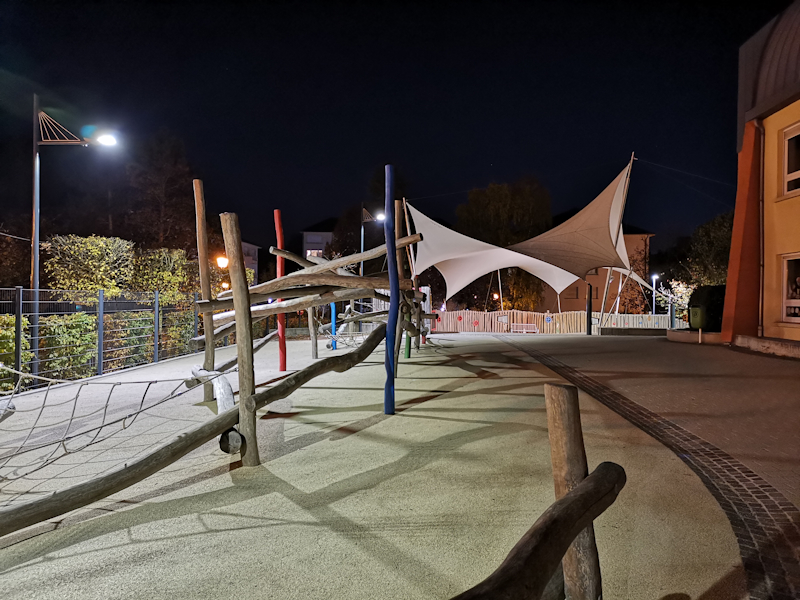
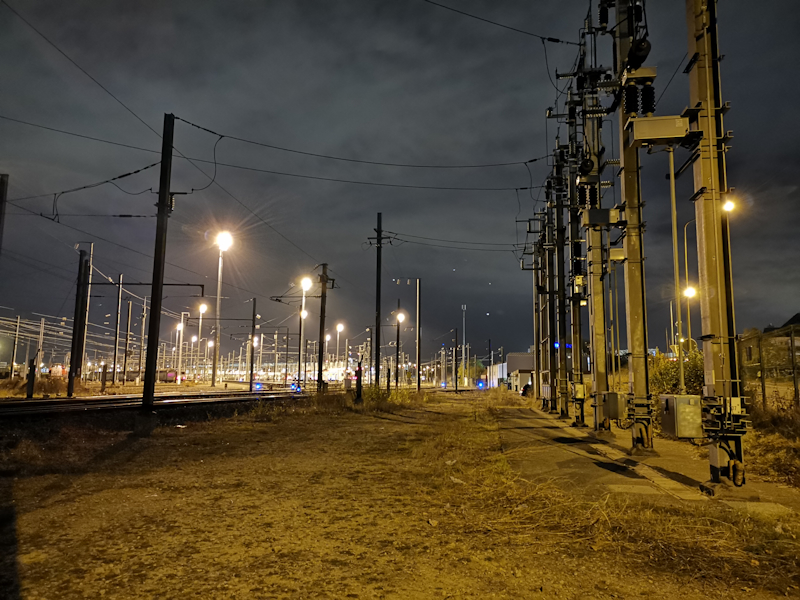
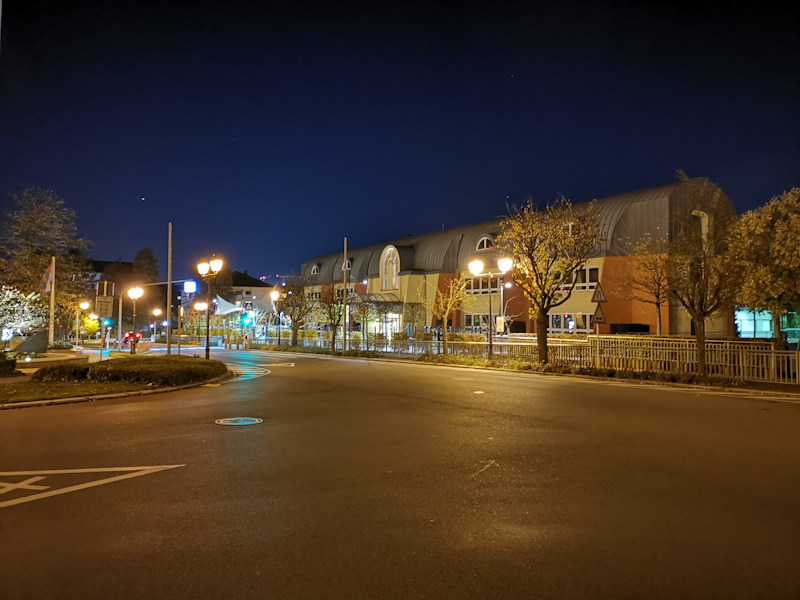
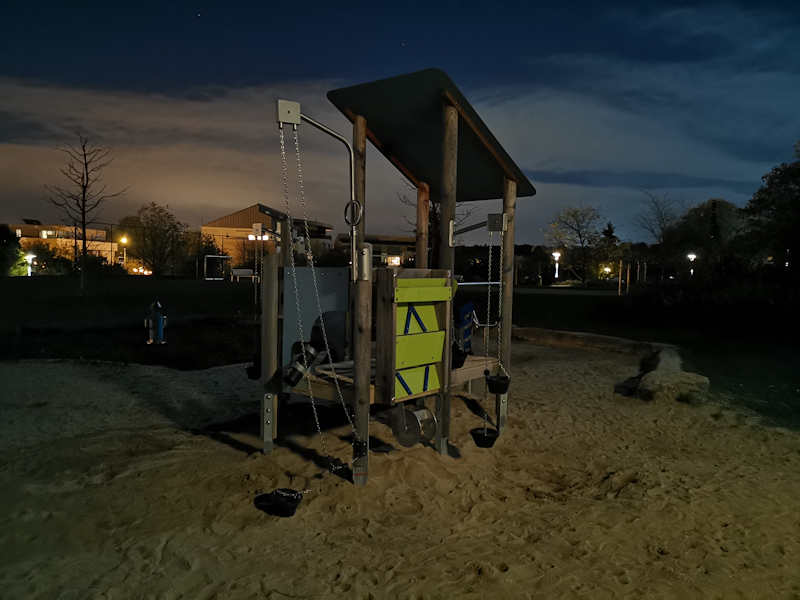
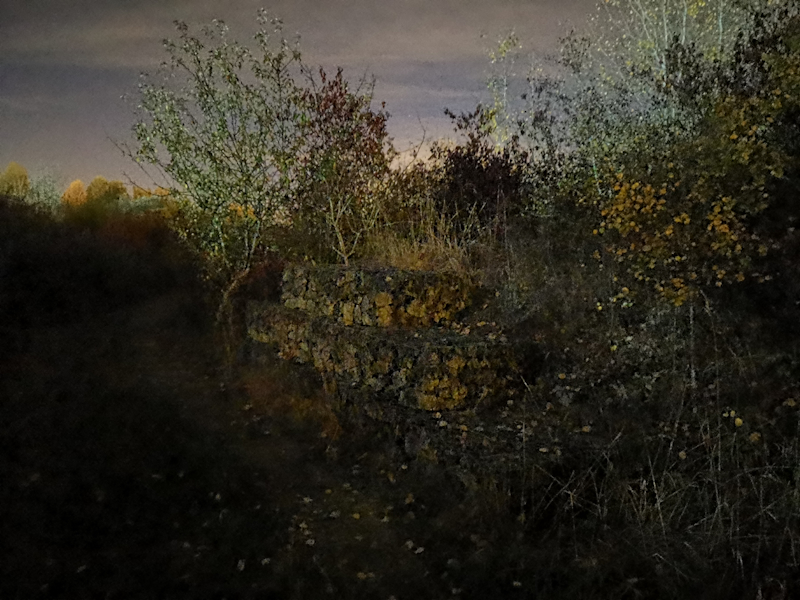








141 Comments
View All Comments
id4andrei - Friday, November 16, 2018 - link
Have to say, did not expect Huawei of all companies to correctly ape FaceID. I thought that Android OEMs would not be able to compete as Apple bought the OG Kinect company for that. That's serious talent.s.yu - Friday, November 16, 2018 - link
I'm beginning to think Huawei's making this watercolor texture their new hallmark. They can't solve the texture problem with their 1/1.7" 40MP flagship so any smaller modules are intentionally crippled? LG is bad though, LG's the only company delivering consistently worse texture than Huawei.I remember the Mate20P outperforming P20P in terms of texture from samples elsewhere, yet here the tables turn. Very bad QC and a bad lens sample? Or maybe the P20P is a surprisingly good copy, from impression it usually smears more than this.
Don Hrle - Friday, November 16, 2018 - link
Is performance mode capable of sustained system and gaming performance? I've seen in other review saying phone is prone to significant heating and throttling then.Andrei Frumusanu - Friday, November 16, 2018 - link
All the results here are in performance mode.iwod - Friday, November 16, 2018 - link
I like it where we finally come to the conclusion, OLED isn't power efficient. I just wish we have better LCD tech so we don't have to live with PWM Display.How much does actual Mate 20 / Pro cost in retail? Surely those are listed prices and they are not going to really sell it at those price right? Those are crazy Apple price range.
iwod - Friday, November 16, 2018 - link
And I hate to say this.... I like the Mate 20 Camera quality photos then the iPhone XS. I really really dislike some of the tone and colouring Apple decided to use with its Camera.Chitti - Friday, November 16, 2018 - link
Mate 20 Pro on Smart or 1080p or 1440p ?Chitti - Friday, November 16, 2018 - link
And what about the In display FPS, even it consumes battery.1hr more battery life if it's disabled.
Andrei Frumusanu - Friday, November 16, 2018 - link
It wasn't active at the time of the battery tests.Andrei Frumusanu - Friday, November 16, 2018 - link
1440p.